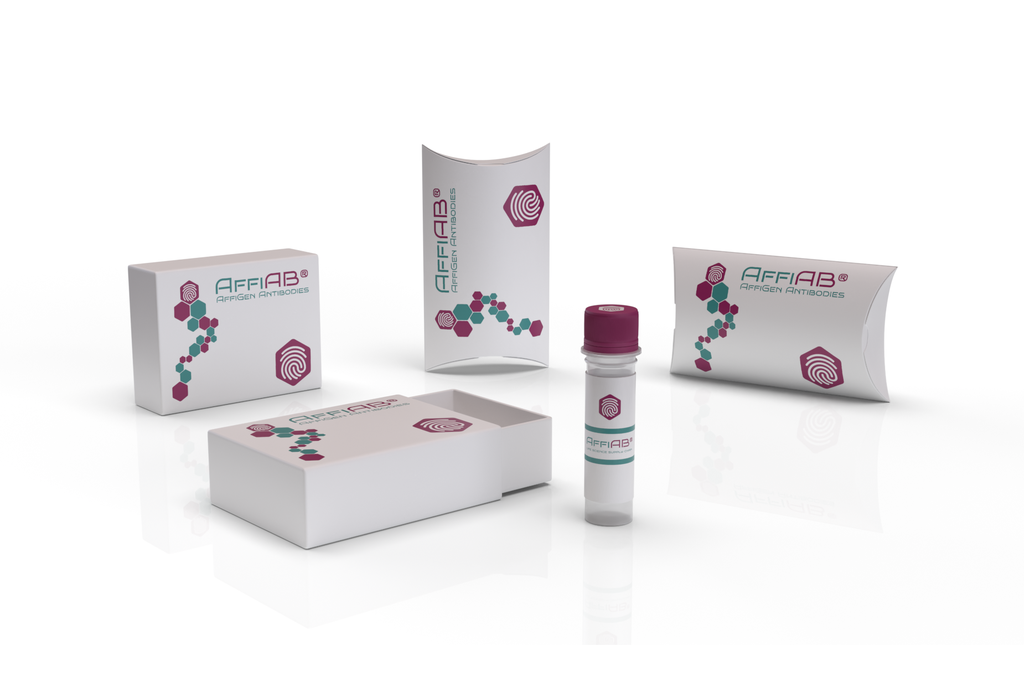AffiAB® Anti-TMEM163 Antibody
Previously, it was shown that purified rodent Tmem163 protein reconstituted in liposomes forms a dimer and transports zinc in a proton-dependent manner. It was also shown that Tmem163's ability to bind and transport zinc becomes inactivated upon alanine substitution of two species-conserved aspartate residues at positions 123 and 127. Thus, the data indicate that these double aspartate residues are zinc binding sites, but that they do not affect Tmem163 dimerization. Note, however, that this particular study did not address the question of whether the protein serves to transport zinc in or out of living cells. TMEM163 may play a crucial role in cellular zinc homeostasis by extruding cytoplasmic zinc ions to the extracellular environment. Noteworthy is that TMEM163 is unique in that it has a short C-terminus region, whereas the human ZNT family of efflux transporters have typically long C-terminus regions. Despite such structural difference, data from both functional and phylogenetic studies of TMEM163 suggest that it should now be referred to as ZNT11 protein and its gene named as SLC30A11.
Antibody type
Rabbit polyclonal Antibody
Uniprot ID
SwissProt: Q8TC26 Human; SwissProt: Q8C996 Mouse
Recombinant
NO
Conjugation
Non-conjugated
Host
Rabbit
Isotype
IgG
Clone
N/A
KO/KD
N/A
Species reactivity
Human, Mouse
Tested applications
WB, IF-Cell, FC
Predicted species reactivity
N/A
Immunogen
Synthetic peptide within Human TMEM163 aa 240-289 / 289.
Storage
Store at +4°C after thawing. Aliquot store at -20°C. Avoid repeated freeze / thaw cycles.
Form
Liquid
Storage buffer
1*PBS (pH7.4) , 0.2% BSA, 50% Glycerol. Preservative: 0.05% Sodium Azide.
Concentration
1 mg/mL.
Purity
Immunogen affinity purified.
Signal pathway
N/A
Recommended dilutions
WB:1:500-1:2, 000; IF-Cell:1:50-1:200; FC:1:50-1:100
Molecular Weight
Predicted band size: 31 kDa
Subcellular location
Early endosome membrane, synaptic vesicle membrane.
Positive control
Human small intestine tissue lysates, 293, A431, F9.
